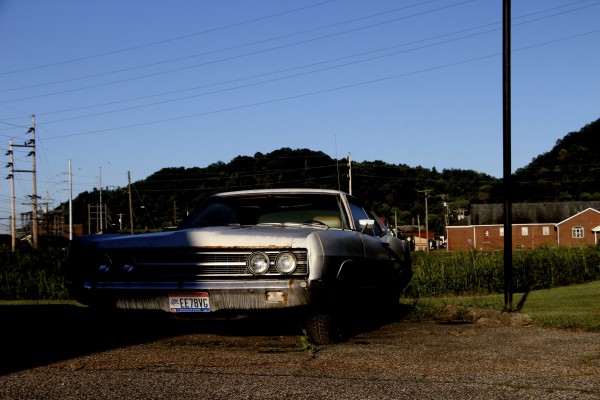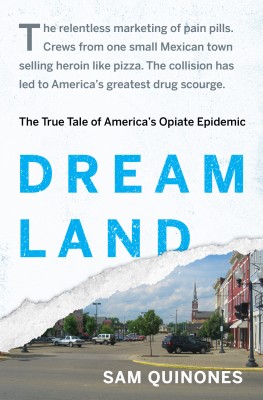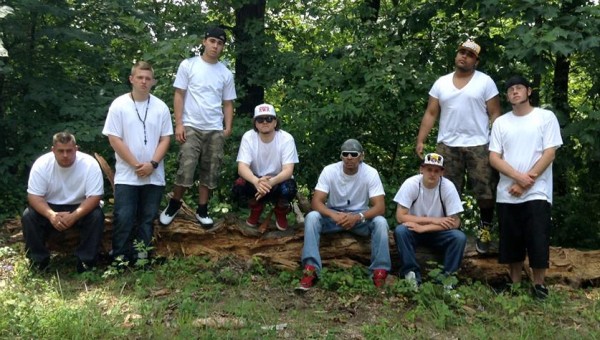Today a startup in the small town of Portsmouth, Ohio comes out with a line of t-shirts called DREAMLAND LIFEGUARD.
The shirts, designed by a company called 3rd and Court, also feature the words “Time to Turn So You Don’t Burn,” which was a jingle a local radio station broadcast every half hour, knowing that most of its listeners were at the legendary pool.
I’m proud that the designers say they were inspired by my book about our national opiate epidemic, which as many of you know has a lot to say about Portsmouth, and which took its title from the town’s Dreamland pool, which was razed in 1993.
But more than that, I’m impressed with the entrepreneurial DIY energy and imagination that 3rd and Court represents in a town that for years wallowed in a plague of narcotic negativity.
When the fog of dope lifts, creativity and passion have room to blossom. Something like that feels like it’s happening in Portsmouth. A lot of abandoned buildings are under renovation. Downtown has a lot of artists staking their claim.
I spoke with Connor Sherman, 23, who designed the shirts. Connor was partly raised in the Portsmouth area, then went to Shawnee State in town, and graduated with a degree in visual design.
“I see a lot of people, their mindset has changed to entrepreneurship and moving forward,” he said. “Not that I’m going to get out of school and somebody’s going to hand me something, like a job 9-to-5. It’s more about creating something out of nothing.”
The building at 3rd and Court streets in downtown Portsmouth has become a hive for small startups. Years ago, it was an auto shop. Then like so much of Portsmouth it stood vacant for a good while. Finally, it was renovated and PSKC Crossfit occupied the space. (This is part of Portsmouth’s recovery from opiates. Several workout gyms have opened in town. “A lot of people take pride in restoring themselves and restoring others,” Connor told me.)
The crossfit was a place for people to commune.
They began to share ideas and, in time, to discuss business possibilities. That had been lacking for many years in Portsmouth. Really ever since the pool closed in 1993. For years , with the town in decline, buildings abandoned, and half the population leaving, the only place people really saw each other was Walmart.
, with the town in decline, buildings abandoned, and half the population leaving, the only place people really saw each other was Walmart.
The new incarnation of the building at 3rd and Court emerged as part of some new alternatives to that isolation.
Soon, Doc Spartan, a maker of natural lotions and hand creams for workout aficionados, started in the building. They advertise their “Combat Ready Ointment” as made from coconut oil, beeswax, eucalyptus oil, vitamin E and more, and good for “cuts scrapes knicks rips rashes razor burn blistered feet rope burn diaper rash chapped skin and calluses.” (Check them out here.)
That was followed by 3rd and Court apparel, making “small town” summer clothes. “Apparel dedicated to the lovely Portsmouth, Ohio and other small towns like ours,” – reads their website.
“My desire to do design instead of something else that someone tells me to do all day is what made me want to start looking for opportunity,” Connor told me.
So the town where for years noxious pill mills were the only locally owned businesses to open is displaying capitalist effervescence of a more wholesome kind.
I get asked by people all over the country what the solution is to this nationwide pill-and-heroin epidemic. Honestly, I don’t always know what to say. But I do believe in harnessing the creativity of folks who are in recovery, or, like Connor, never did dope to begin with.
So here it is:
3rd and Court is offering DREAMLAND LIFEGUARD t-shirts in men’s and women’s sizes, plus a unisex tank top – each for $24.99.
The shirts are on pre-order now at www.3rdandCourt.com.
Go snap ‘em up!







